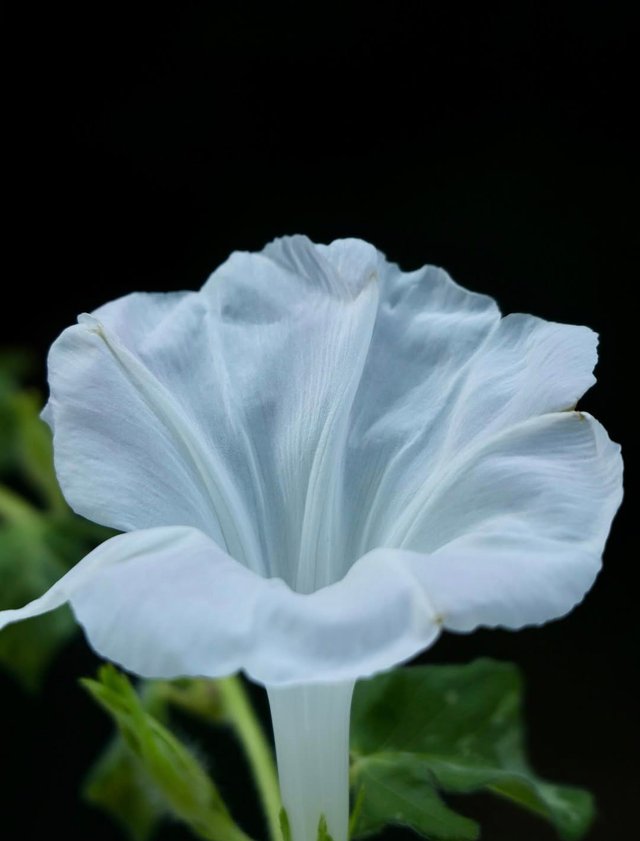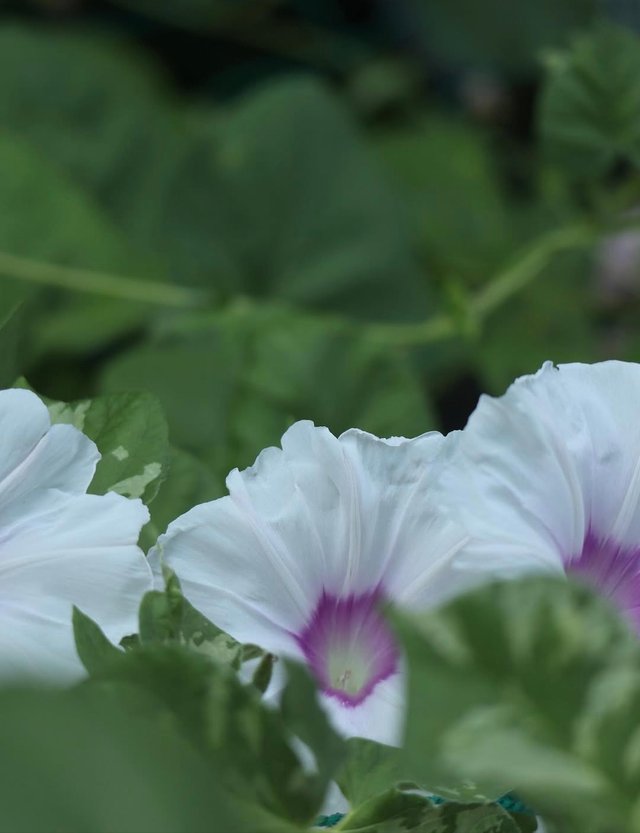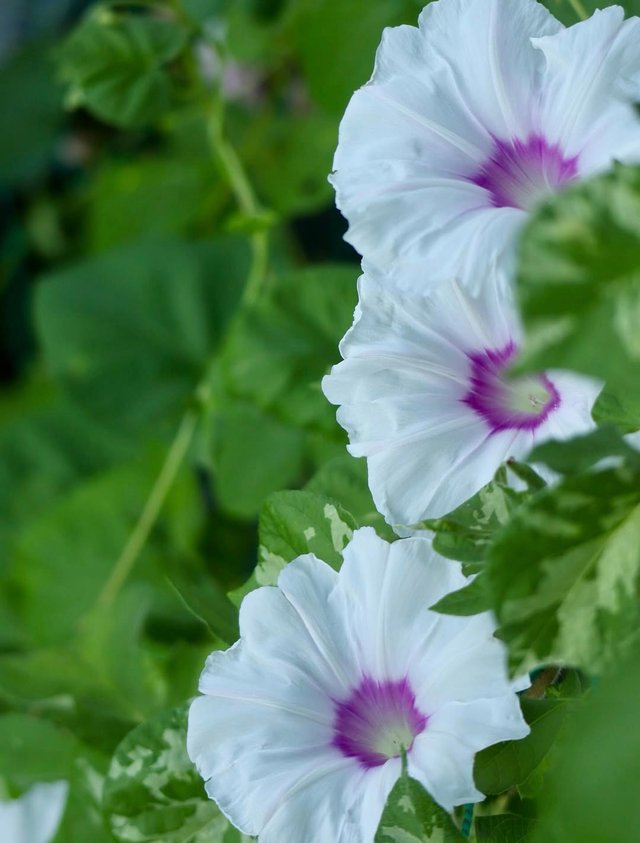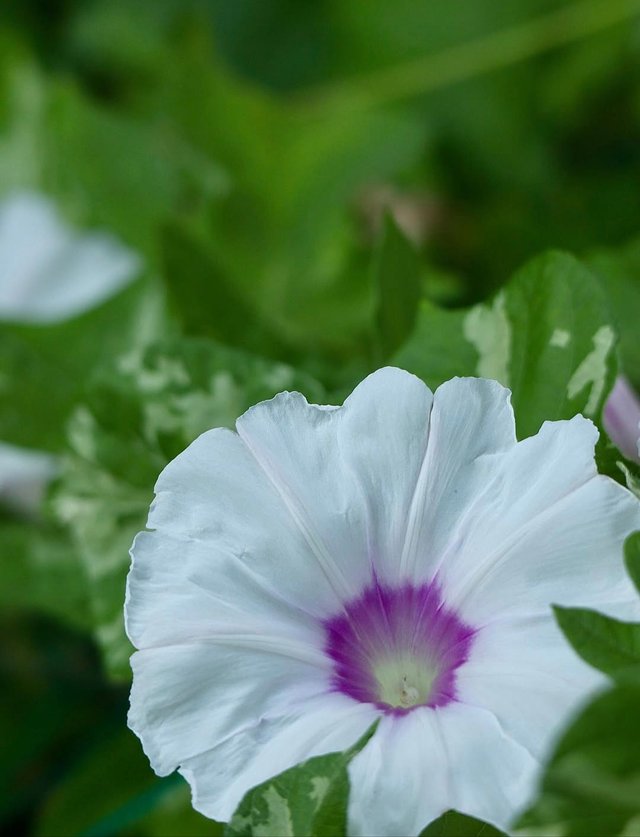White morning glory Flower
White morning glory flower is a striking and enchanting flowering vine that has long been admired for its beauty fragrance and symbolic associations native to tropical and subtropical regions of the Americas where it thrives in warm humid climates It is a vigorous fastgrowing climber often found trailing along fences trellises and arbors Its stems are slender twining and capable of wrapping around any nearby support to lift the plant upward sometimes reaching lengths of up to 10 to 30 feet in a single season The leaves are typically large heartshaped or ovate with a lush green appearance providing a rich backdrop for the brilliant flowers.
The most captivating feature of the white morning glory is undoubtedly its blossoms These flowers are large trumpetshaped and pure white often measuring 4 to 6 inches across They usually unfurl in the evening at dusk and remain open throughout the night until early morning earning the plant the common name “moonflower” due to its association with moonlight pollinators The blooms emit a soft sweet fragrance that attracts nocturnal pollinators especially moths and bats making them an important part of nighttime garden ecology The contrast of the bright white petals against the dark evening sky adds a dramatic ethereal charm to gardens patios and natural landscapes.
Beyond its ornamental appeal the white morning glory holds cultural and symbolic significance In many traditions it represents purity spirituality and the fleeting nature of beauty since the flowers last only a single night before wilting This fleeting bloom cycle reflects themes of transience and renewal in nature The plant has also been used in folk medicine across different cultures for its purported medicinal properties though scientific evidence remains limited The white morning glory thrives in well drained soil and requires full sun to partial shade for optimal growth Although it blooms primarily at night it still relies on sunlight for energy during the day.



